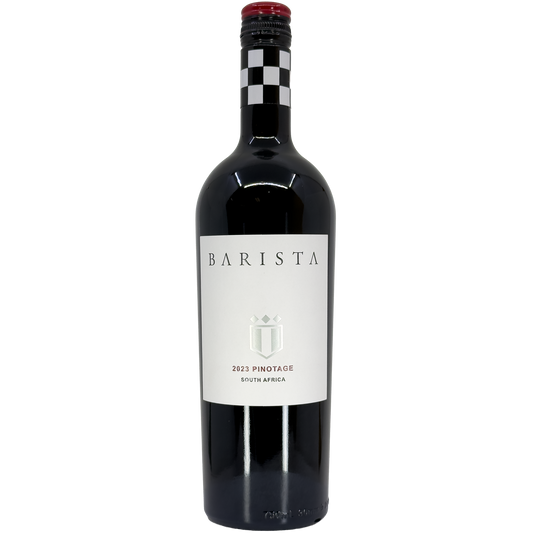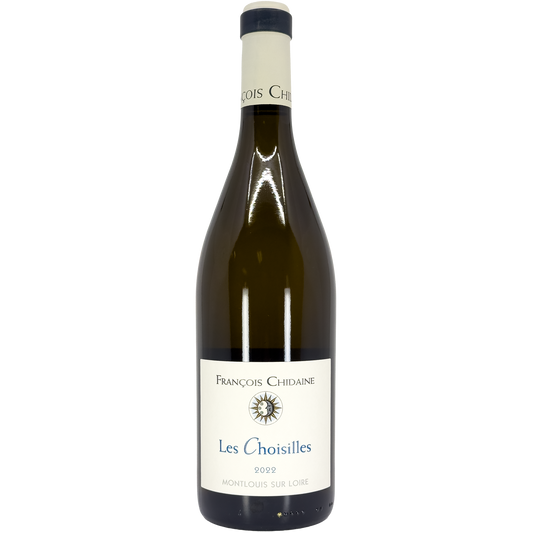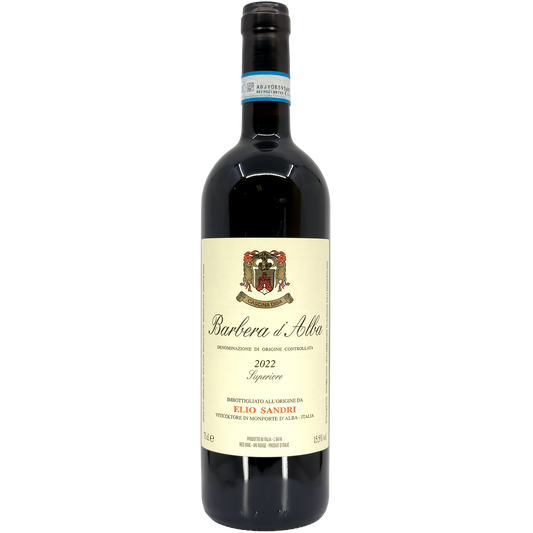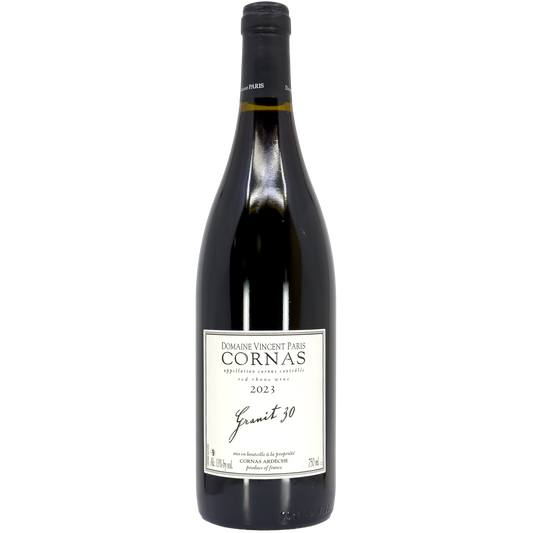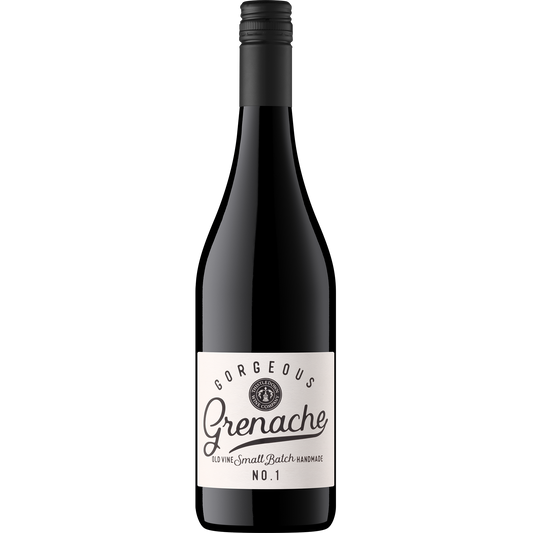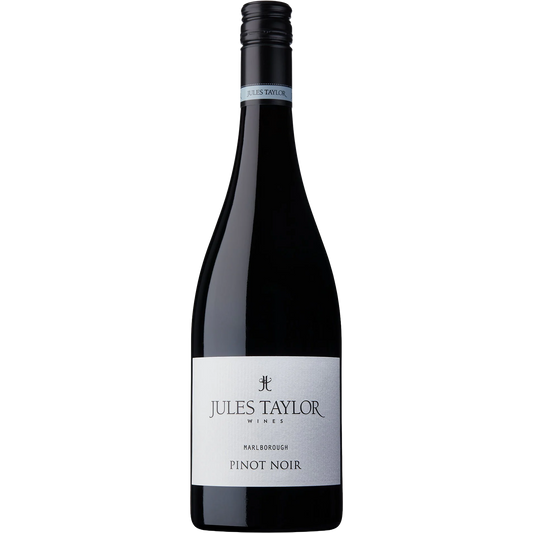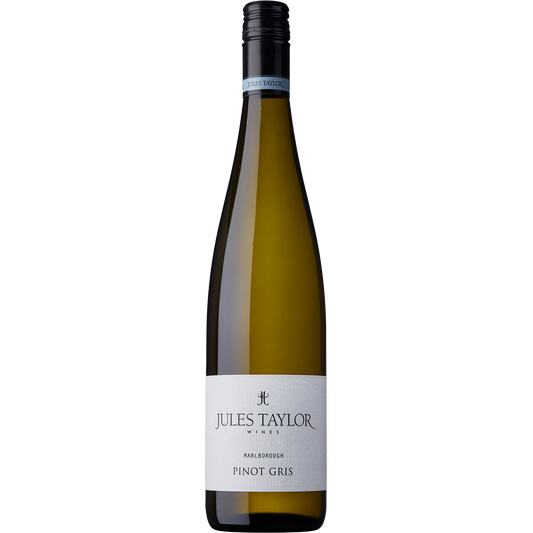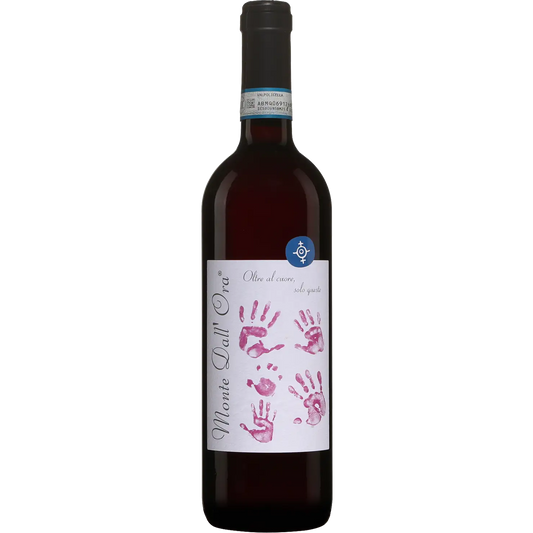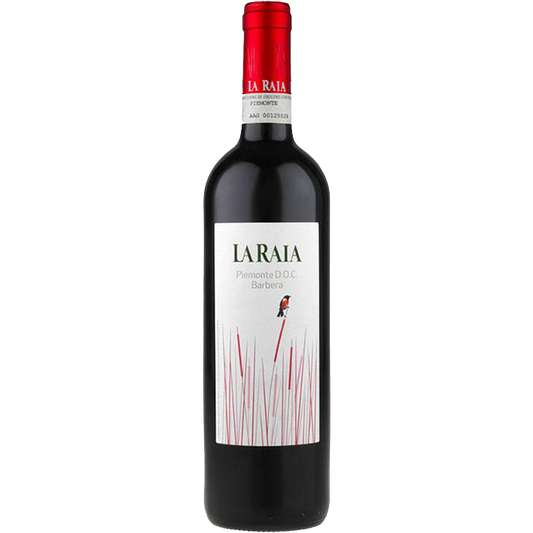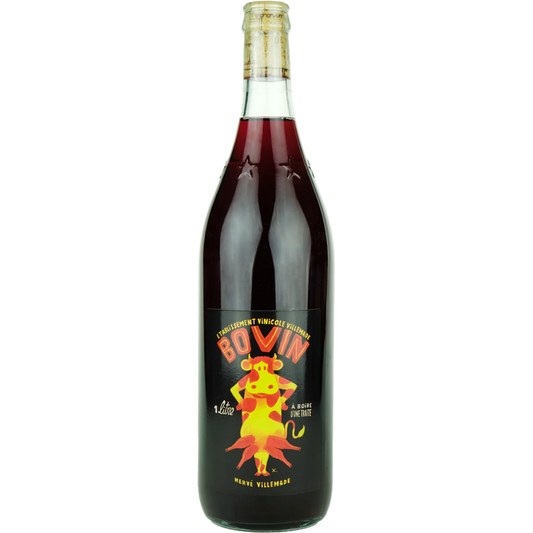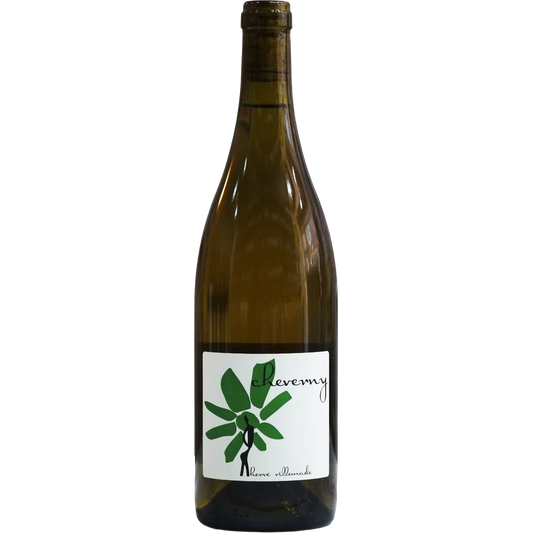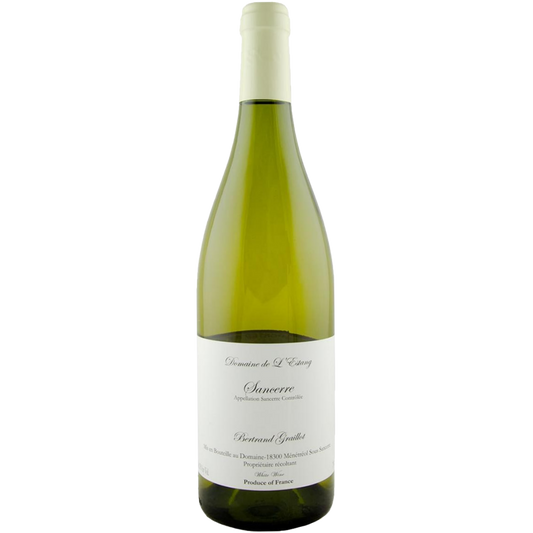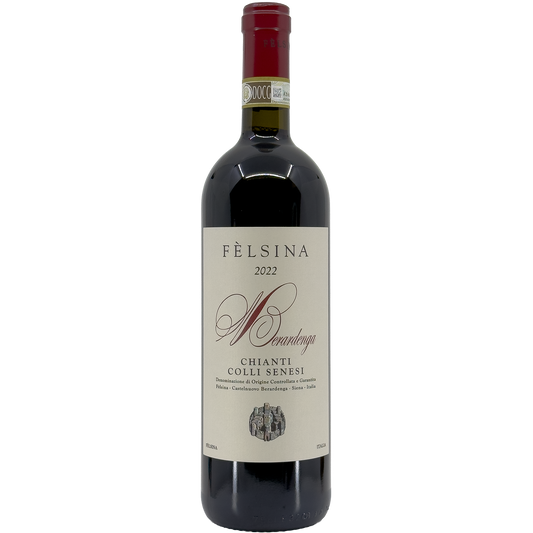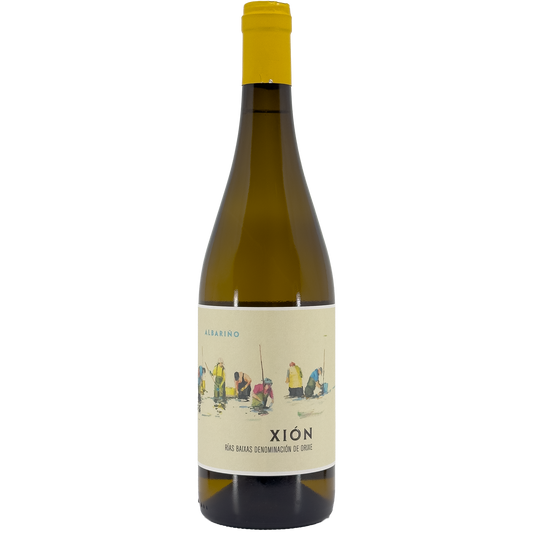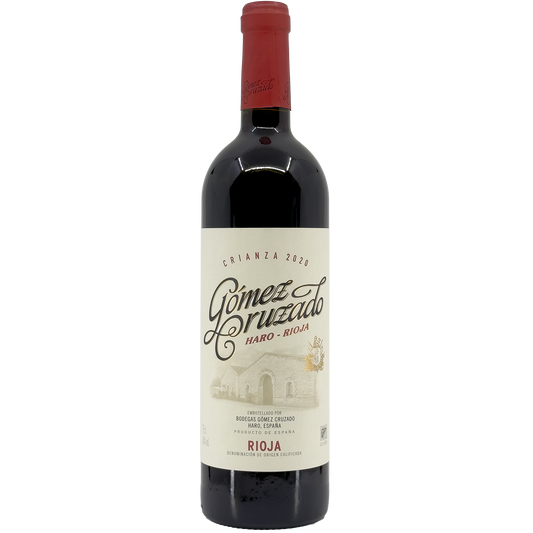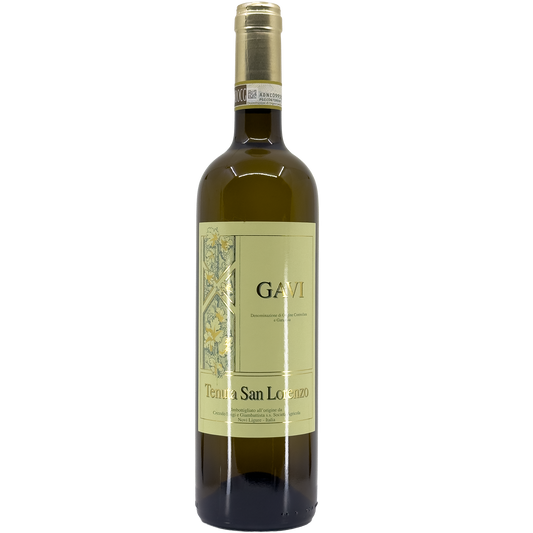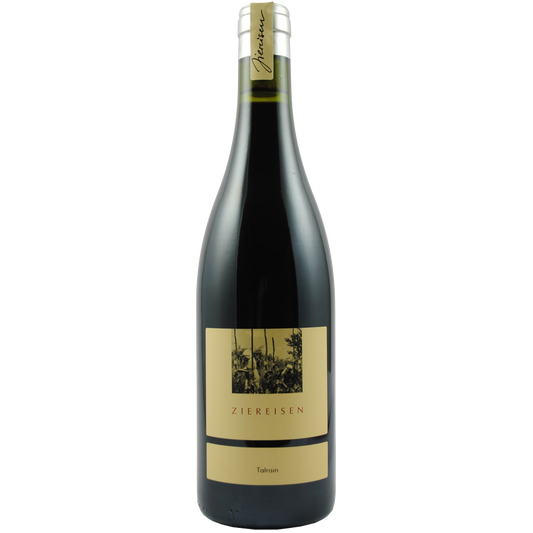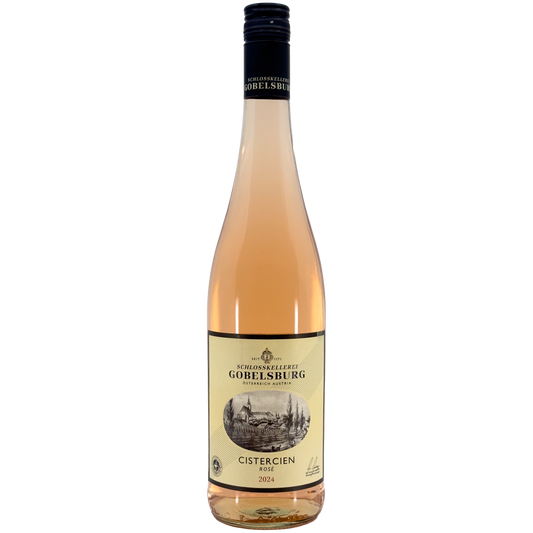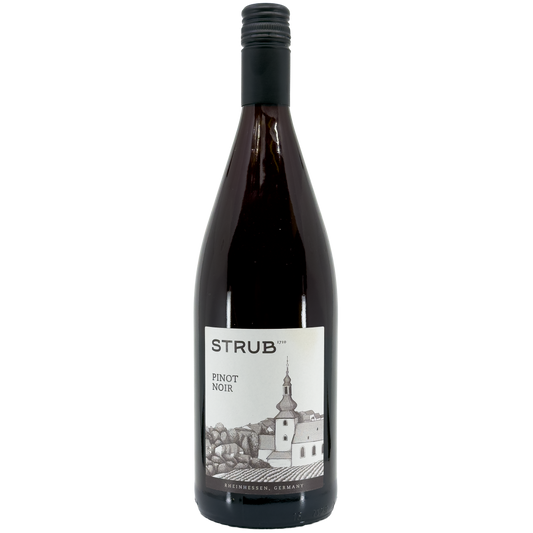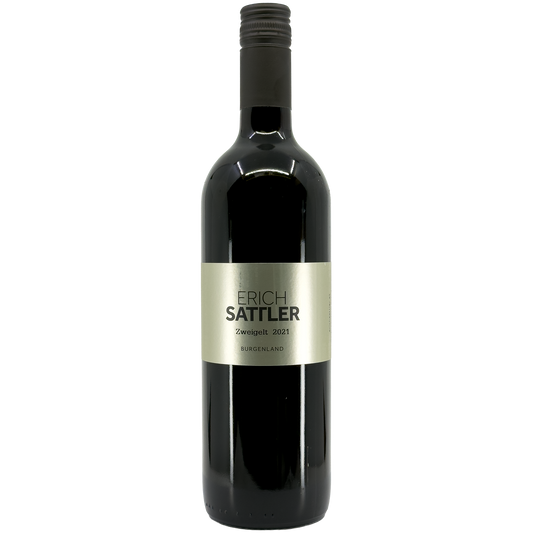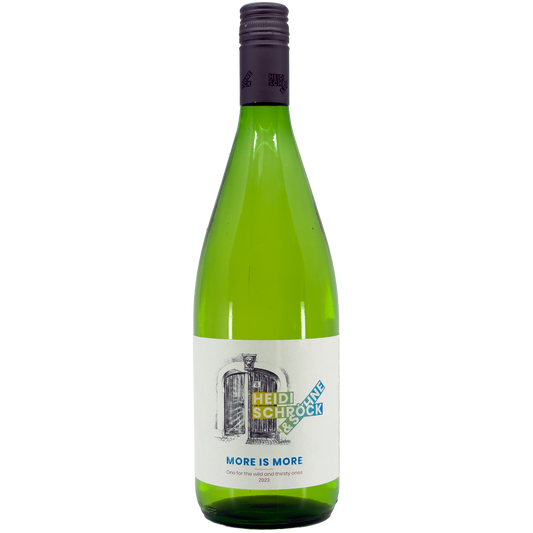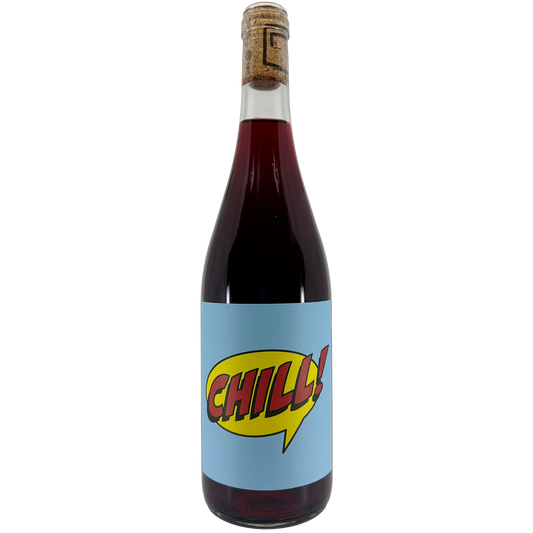I’m Hunter Rudd, the CEO and President of this neighborhood wine/beer/spirits/snacks retailer in Denver and Lakewood called Wine Dispensary. If you are reading this, then you must be familiar because your on our website: https://www.winedispensary.com
I'm also a Duke MBA, ex-Apple/Deloitte/Lumen executive, former Green Beret, and the founder of a startup called Somm Says (https://www.sommsays.co). Our digital tasting game asks guests to Guess the Price, and we’ve logged nearly 10,000 real-world data points on willingness-to-pay.
Translation: I know what our customers value because they have told us from the comfort of their homes—and I know they won’t stomach a sudden, policy-driven price hike on their holiday bottles.
Here’s why I’m sounding the alarm. On August 1, the U.S. began imposing a 15% tariff on most EU goods, with wine and spirits explicitly caught in the net. Multiple outlets—from Reuters and CBS to industry trades—confirm the rate and the start date. And tariff math is brutal because the bill comes due when the goods enter the U.S., not when we placed the Purchase Order; duties are assessed at entry and tied to the HTS classification and the rate in effect at that time.
These cost increases are now hitting us directly.
Year-to-date, 24.5% of our gross profit comes from EU-origin products. Add 15% to landed cost, and you don’t just lift the shelf price; you also inflate holding costs, strain cash flow, and blow up the promo calendar we built for Q4. And this isn’t just about Burgundy and Barolo. The policy hits inputs and adjacent categories too—think French oak barrels and corks (upstream cost pressure), plus pantry and bar staples like tinned fish, olives, and barware that round out holiday displays. When tariffs jump in August, weeks before the critical selling season, that’s not “pro-small business”—that’s a margin shredder dressed as industrial policy.
I’ve worked inside Fortune 100 budgets and through military logistics; uncertainty is the tax you never plan for. Right now, importers and retailers are juggling hold-and-hope strategies (park inventory abroad, pray for carve-outs) while paying new duties on goods that land with very little notice. It’s already forcing tough calls at our business, from price increases to inventory rationalization and reprioritization to frozen hiring and layoffs.
We aren't the only ones. Our staff and our customers are already feeling it.
I believe in stakeholder capitalism. And this is a moment of truth: higher COGS and carrying costs mean less to reinvest in wages, training, community sponsorships, and local partnerships—the exact things we prioritize over funneling every last dollar exclusively to shareholders.
That’s the real opportunity cost of a blanket tariff and it is a cost we cannot bear.
Are there second-order benefits? Potentially. A policy-induced price gap can steer exploration of domestic producers outside California—and Colorado’s scene is ready for the spotlight. The wine industry’s total economic impact here is now estimated at around $5.72 billion, with momentum concentrated in places like the Grand Valley and the Denver metro’s urban wineries and craft producers. If some holiday dollars swing local, that’s fuel for regional growth, jobs, and agri-tourism.
But let’s be honest: the transition is messy and lands right when customers shop the most and retailers run the tightest playbooks. Imagine if our store was on Colfax Ave in the middle of the most commercially disruptive construction projects since the 16th Street Mall updates? A 15% increase in costs will be devastating to those businesses and the communities that depend on them.
So here’s my straight-talk, snark included:
-
Our current inventory has not fully repriced to reflect these tariffs. Once the next wave lands and clears customs, it will. If Champagne, Cognac, Scotch, Rioja, Barolo, amari, vermouth—plus European cheeses and bar staples—are on your holiday list, stock up now while we still have pre-tariff (or lightly affected) lots.
-
Expect fewer tidy case-deal promos and more sporadic drops as importers navigate the new tariff landscape; the tariff policy is still evolving, and the uncertainty is doing real damage at small-business scale.
-
When you’re open to domestic swaps, ask our team. We’ll point you to Colorado and U.S. bottles that overdeliver without pretending a Willamette pinot is the same as a Grand Cru (although they may be just as good for many). Substitution isn’t a flag-waving exercise; our customers won’t just swap one-for-one by country because tariffs say so—they’ll reduce purchasing in some cases.
If you want the macro view, even the White House and national outlets describe a 15% “baseline” for EU goods—implemented fast, with sector carve-outs still being hashed out. That keeps risk (and guesswork) elevated through fall. That's ripe for grift and cowtowing, so I’m not confident given the general animosity from our administration toward EU leaders and institutions.
Bottom line from a retailer, operator, veteran, and data nerd: we’ve got the receipts—nearly 10,000 price-perception datapoints say our customers won’t accept sudden double-digit jumps just because a tariff clock started. We’ll keep fighting for value, investing locally, and telling you the truth. And right now, the truth is simple: buy your European holiday favorites sooner rather than later.




